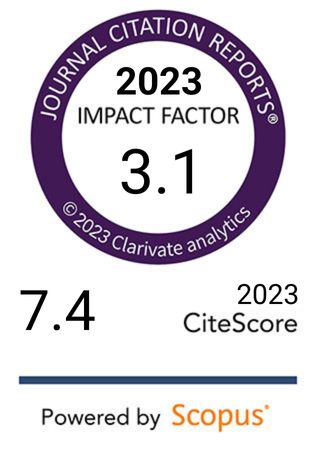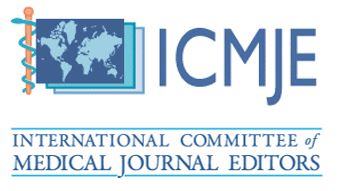First-trimester prediction of early-onset preeclampsia using PAPP-A and mean arterial pressure
DOI:
https://doi.org/10.17305/bb.2025.12814Keywords:
Prediction, preeclampsia, pregnancy, PAPP-A, hypertensionAbstract
Predicting early-onset preeclampsia (EOP) during the initial stages of pregnancy is essential for effective clinical management and enhancing maternal-fetal outcomes. Current methodologies, which include clinical and demographic risk factors, biophysical parameters, and serum biomarkers, exhibit limited efficacy in predicting EOP. This study aimed to evaluate whether the incorporation of pregnancy-associated plasma protein-A (PAPP-A) and mean arterial pressure (MAP) significantly enhances EOP detection. We conducted a retrospective case-control study involving 518 gravidas, of whom 202 developed EOP and 316 experienced normal pregnancies. Logistic regression models were employed to assess EOP predictions, and the predictive accuracy of these statistical models was evaluated using receiver-operating characteristic curve analysis. Our findings indicate that lower PAPP-A levels, higher MAP, and increased body mass index (BMI) are associated with EOP. Notably, in pregnant women between 11+0 and 13+6 weeks of gestation, a 1-point decrease in PAPP-A corresponds to an 84% increase in the likelihood of developing EOP. The predictive performance of PAPP-A improves significantly when combined with other factors such as BMI, MAP, and a history of diabetes mellitus (DM). The risk of EOP is substantially heightened (20.410 times, 95% CI: 11.104-37.515) in patients exhibiting low PAPP-A levels (<0.88) and high BMI (≥35 kg/m²). Additionally, low PAPP-A combined with elevated MAP levels significantly increases EOP risk (adjusted odds ratio [OR]: 114.83). However, after adjustment, the association between low PAPP-A and a history of DM was not statistically significant (adjusted OR: 2.30, p = 0.202). In conclusion, employing a combination of multiple variables for predicting EOP yields a significant improvement over traditional methods that rely solely on individual factors.
Citations
Downloads

Downloads
Published
Issue
Section
Categories
License
Copyright (c) 2025 Fatma Beyazıt, Eren Pek, Murat Daş, Mehmet Nuri Duran, Dilek Ülker Çakır, Başak Nil Şen, Hasan Ali Kiraz, Deniz Koçyiğit Yılmaz, Ece Ünal Çetin

This work is licensed under a Creative Commons Attribution 4.0 International License.









